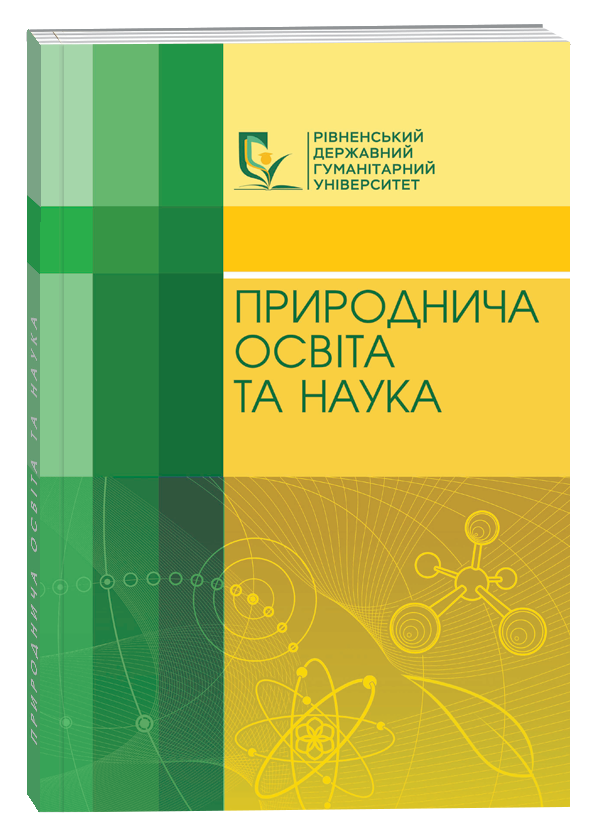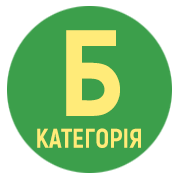METHODS OF ORGANIZING THE PROCESS OF LEARNING ENGLISH LEARNING DURING THE STUDY OF NATURALLY LABELED UNITS
Abstract
The article substantiates the importance of including naturally labeled vocabulary in the process of learning English for students of natural sciences. A brief overview of the history of the research is given. The classification of the units included in the naturally labeled vocabulary is considered. The technique of studying this group of vocabulary during the organization of the English language learning process is proposed, which contribute to the assimilation of naturally labeled units, as well as the acquisition of elements of knowledge about foreign language culture. It is substantiated that teaching foreign languages based on the theory of step-by-step management of knowledge acquisition, formation of mental actions and linguistic concepts related to natural sciences creates conditions for students specializing in this discipline to consciously and consistently study language structures, practice speech acts with them, to acquire the ability to correctly and flexibly use them in communicative activities. In this way, an organic combination of theory and practice is achieved: assimilation of linguistic concepts and their functional use in speech communication. Adherence to the defined stages allows you to purposefully manage the process of assimilation of educational material. This approach can be used in teaching various linguistic aspects (phonetic, lexical, grammatical), forming all types of speech activity (speaking, reading, listening, writing). The authors emphasize that the specificity of the subject of the English language with its communicative component makes it possible to support the idea of using various technologies for mastering naturally labeled vocabulary, using in classes both those technologies that are considered traditional and those that are called innovative in modern interpretation. This in itself raises urgent questions for teachers: to determine the level of English proficiency of students and to group them accordingly; to pay attention to learning English using various approaches in each lesson, taking into account the professional competencies of students; development of educational materials for the study of natural sciences in terms of integration with the English language in the field of higher education; systematic study of the effectiveness of the developed and conducted model.
References
2. Constantin E. Saussure's Third Course of Lectures in General Linguistics (1910–1911) from the Notebooks of Emile Constantin (Language and Communication series, vol. 12). French text edited by Eisuke Komatsu & trans. by Roy Harris. Oxford: Pergamon Press. 1993. 226–254 pp.
3. Dalrymple M., Kaplan R. M. Feature Indeterminacy and Feature Resolution. Language. 76 (4). 2000. 759–798 pp.
4. Hayward R. J. What's been Happening in Omotic? Journal of Ethiopian Studies. 42 (1/2). 2009. 85–106 pp.
5. van Driem G. The Language Organism: The Leiden theory of language evolution. In Mírovský, Jiří; Kotěšovcová, Anna; Hajičová, Eva (eds.). Proceedings of the XVIIth International Congress of Linguists, Prague, July 24–29, 2003. Prague: Matematicko-fyzikální fakulty Univerzity Karlovy. 2003. 67–75 pp.






